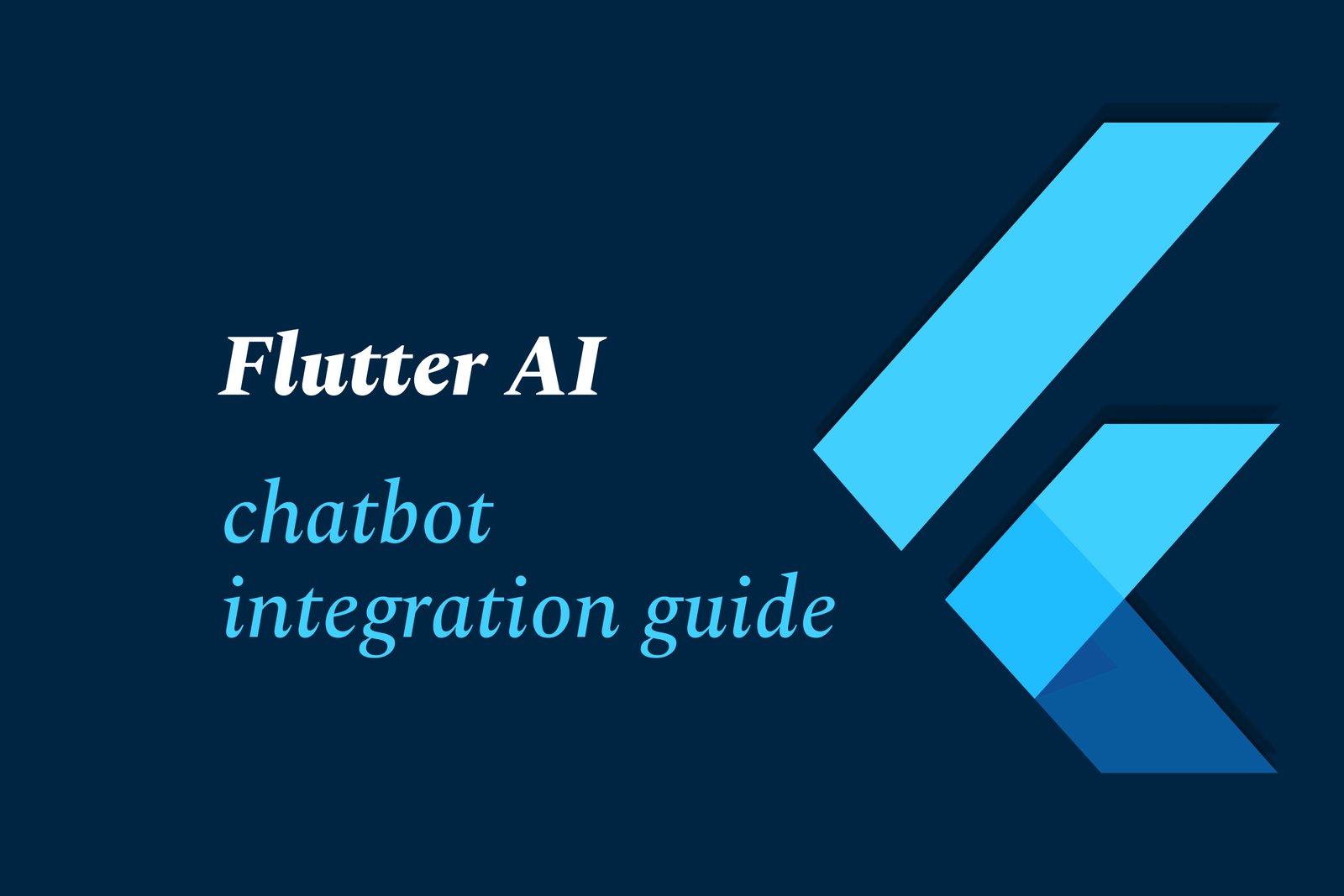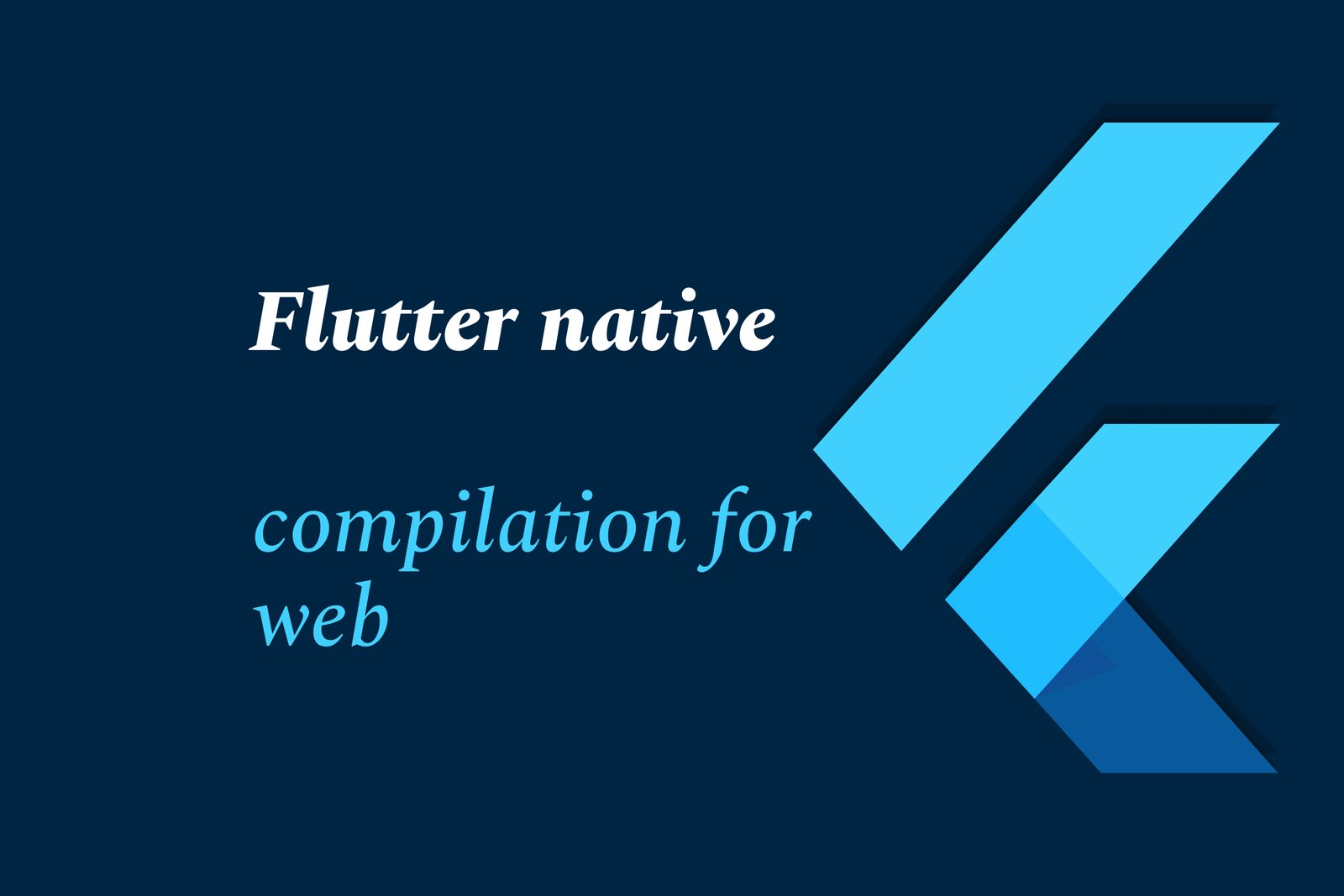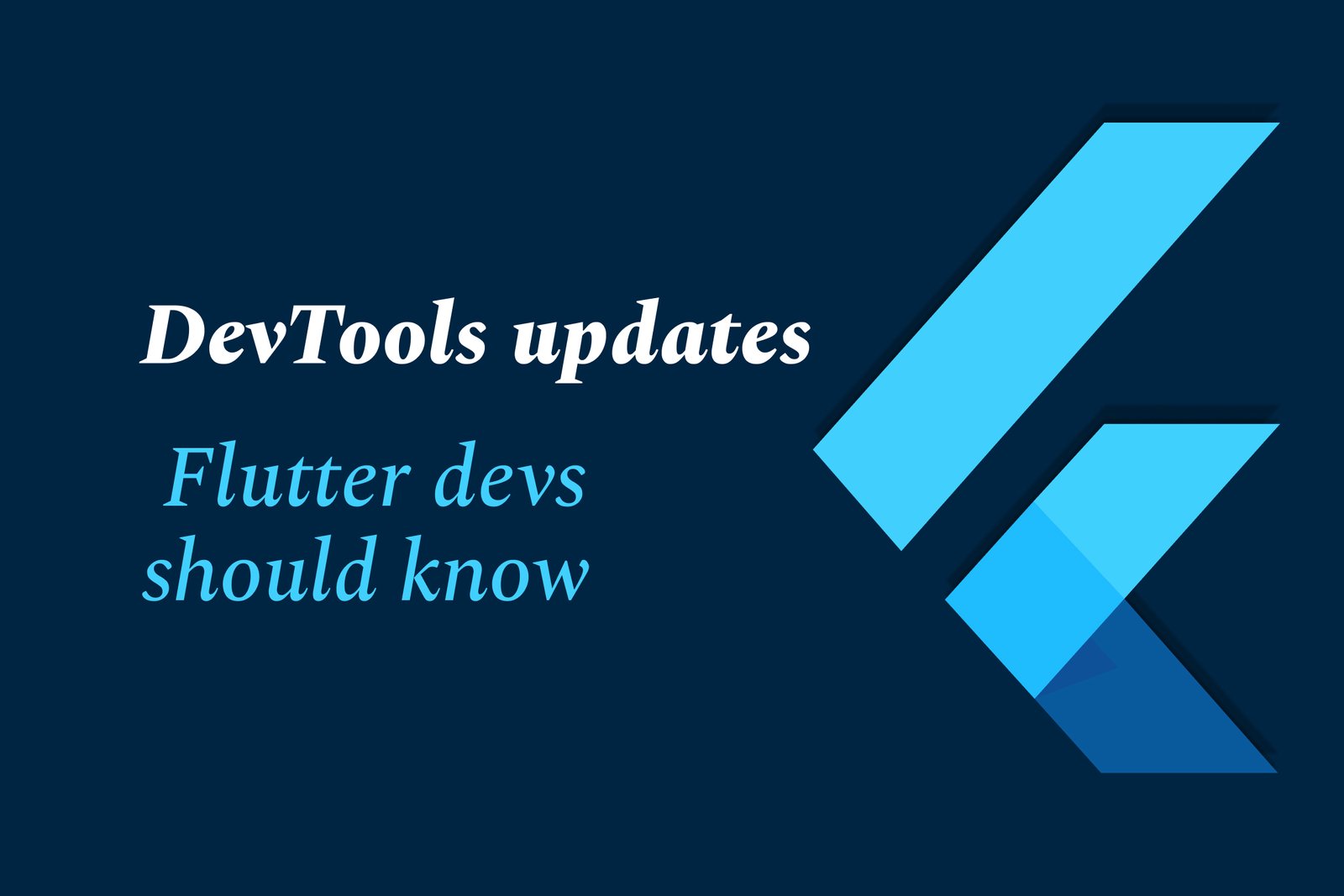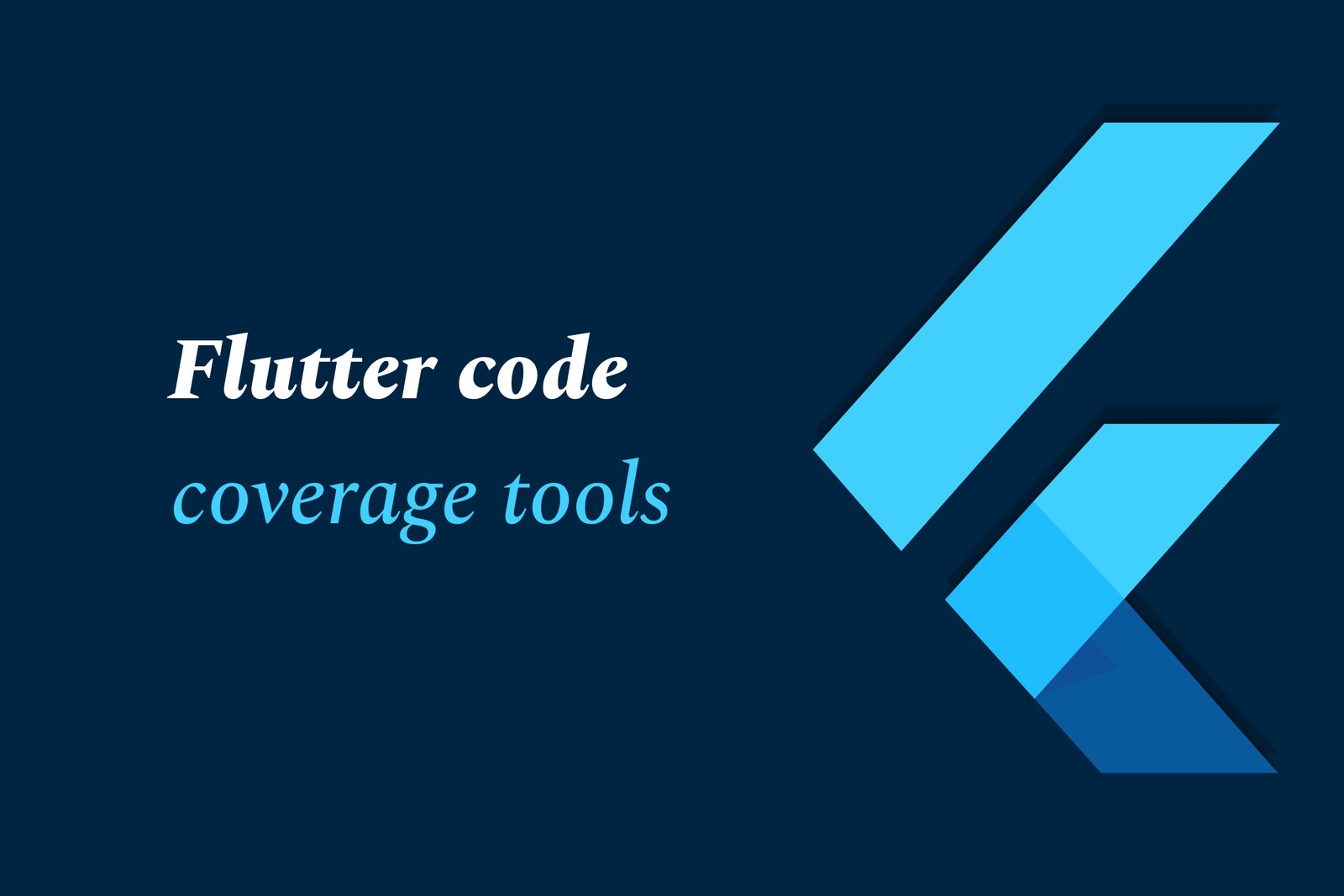Flutter AI Chatbot Integration Guide
Flutter AI chatbot integration guide explains how to seamlessly add intelligent, conversational AI chatbots into Flutter apps using tools like ChatGPT, Kore.ai, Stream Chat SDK, and Google Gemini API, enabling interactive user experiences with minimal coding.
Flutter AI chatbot integration guide
1 ) Introduction to Chatbot Integration with Flutter
Chatbots are widely used for instant customer support.
Building chatbots from scratch is complex and time consuming.
Integration with advanced AI models like ChatGPT simplifies this.
ChatGPT (gpt 3.5 turbo) offers fast, accurate, and cost effective conversational abilities.
FlutterFlow is a low code platform that aids building cross platform apps visually.
Combining FlutterFlow and ChatGPT enables quick chatbot development.
2 ) Integrating ChatGPT with FlutterFlow: Step by Step
Understand the ChatGPT API basics, specifically the Chat Completion API for conversation.
Use the OpenAI API endpoint to send and receive chatbot messages.
Implement API calls within FlutterFlow to communicate with ChatGPT.
Learn to create conversational flows with custom UI in FlutterFlow.
Manage API keys securely and handle responses within the app interface.
3 ) Alternative Chatbot Integrations in Flutter
Kore.ai chatbot plugin can be integrated into Flutter apps via method channels.
Steps:
Add Kore.ai plugin dependency in `pubspec.yaml` with local path.
Create a method channel in Flutter with name `'kore.botsdk/chatbot'`.
Implement method call handler to open chatbot window from Flutter.
Handle callbacks in JSON format for events like error, bot connection, bot closure.
iOS native code adjustments include adding observers for callback notifications in `AppDelegate.swift`.
4 ) Using Stream Chat SDK with Flutter for AI Chatbots
Stream Chat SDK provides robust solutions for real time chat applications.
Add `stream_chat_flutter` package dependency in Flutter project.
Initialize StreamChatClient with an API key.
Connect users and pass client to top level StreamChat widget.
This enables rich chat features and easy customizations.
Supports AI bot integration using Stream’s chatbot UI components.
5 ) Building Specialized Chatbots with Google Gemini API and Flutter AI Toolkit
Gemini API supports multi modal input (text, audio, images).
Flutter AI Toolkit offers widgets and APIs to integrate Gemini AI models easily.
Helps build intelligent, domain specific chatbots like medical assistants.
Setup involves:
Obtaining Gemini API key from Google AI Studio.
Adding Dart packages like `flutter_ai_toolkit` and `google_generative_ai`.
Implementing conversational UI supporting multi turn dialogue and streaming responses.
6 ) Best Practices and Considerations
Securely manage API keys and user data privacy.
Handle native platform callbacks carefully for a seamless user experience.
Customize chatbot UI to align with app branding.
Monitor connection states and error events for robustness.
Optimize cost by selecting efficient AI models like gpt 3.5 turbo.
Future enhancements can include multimodal inputs, streaming responses, and speech to text integration.
Summary
Integrating AI chatbots into Flutter apps empowers developers to build highly interactive, conversational interfaces with minimal effort. Using ChatGPT via FlutterFlow offers a straightforward low code solution. Alternatively, Kore.ai plugin and Stream’s Flutter SDK provide ready made integrations for advanced use cases. Google’s Gemini API with Flutter AI Toolkit enables building domain specific, multimodal chatbots. Following best practices in API usage, native integration, and UI customization ensures a smooth and powerful chatbot experience in Flutter applications.
https://justacademy.in/news-detail/new-features-in-flutter-4.0-stable
https://justacademy.in/news-detail/flutter-sdk-updates-in-july-2025
https://justacademy.in/news-detail/why-flutter-developers-are-in-high-demand-in-india
https://justacademy.in/news-detail/flutter-roadmap-beyond-2025
https://justacademy.in/news-detail/best-flutter-practices-every-developer-should-follow
Related Posts
Top Flutter animation packages like SpinKit, Animations, and Flutter Animate simplify adding smooth, engaging animations to apps. They offer ready-made loaders, material transitions, and versatile effects, enhancing user experience with minimal code and improved UI appeal.
Flutter AI packages are rapidly gaining traction by enabling developers to easily integrate powerful AI features like machine learning and natural language processing into cross-platform apps, boosting innovation and efficiency within the growing Flutter ecosystem.
Flutter enables cross-platform desktop app development with a single codebase, offering fast UI design, native performance, and strong community support. However, it faces challenges like larger app sizes, limited desktop-specific features, and a less mature ecosystem compared to native tools.
Flutter AI combines Flutter’s cross-platform app development with AI technologies to create smart, efficient fintech and healthcare apps—enabling fraud detection, personalized finance tips, medical imaging, virtual health assistants, and automation for improved user experience and operational efficiency.
Flutter's Linux desktop support has steadily advanced, improving performance, native theming, and integration with Linux desktop environments. Collaboration with Canonical and the community is driving better window decorations, menu support, and release-ready app builds for seamless Linux app development.
Flutter is a versatile UI toolkit by Google enabling cross-platform app development, increasingly used for Smart TVs and IoT devices. It allows building native-like interfaces for diverse platforms, streamlining development despite challenges like remote navigation and platform-specific integration.
Flutter native compilation for web transforms Flutter code into efficient JavaScript and WebAssembly, enabling fast, high-performance web apps with smooth UI rendering. This approach delivers near-native speed and consistency across browsers using a single codebase.
Flutter DevTools has been updated with enhanced performance profiling, an improved widget inspector, network monitoring, Material You theming support, faster hot reload/restart, and better accessibility tools—helping developers debug and optimize Flutter apps more efficiently.
Flutter code coverage tools measure the percentage of code executed during testing, helping developers identify untested parts. Using commands like `flutter test --coverage` and tools like LCOV and VSCode extensions, they visualize coverage to improve code quality and reliability.
In 2025, Dart Pub remains a vital hub for discovering and managing Dart packages, driven by Flutter’s growth. Trends focus on enhanced cross-platform tools, improved performance, richer libraries, and rising use in innovative apps like AR, making Dart Pub essential for versatile, modern development.










